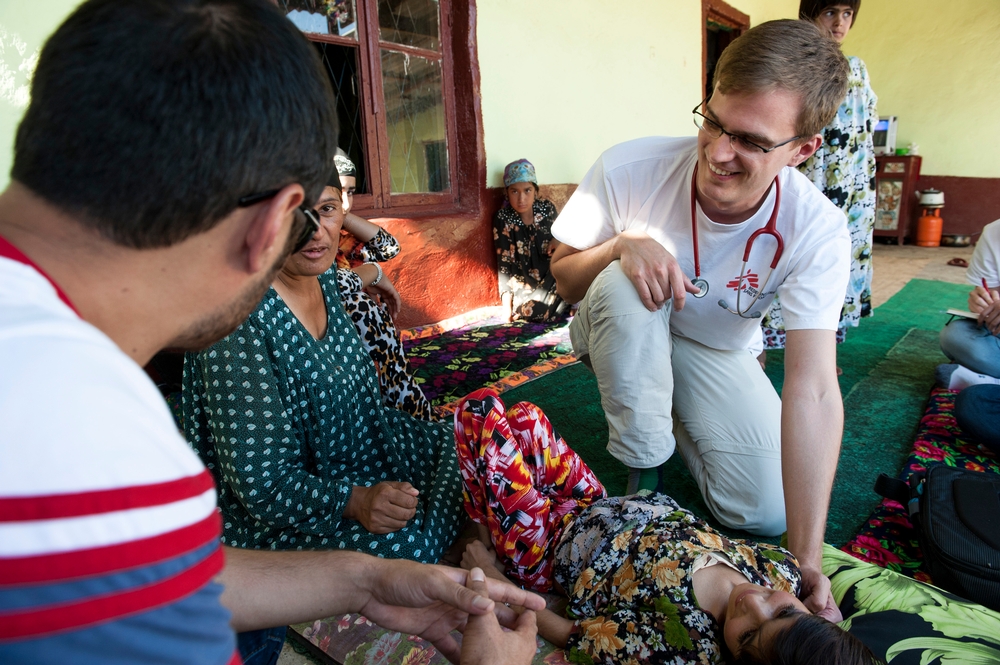{{ subitems[item.mlid].body }}
{{ subitems[item.mlid].linktitle }}HIV / AIDS
HIV/AIDS has killed more than 25 million people. Without treatment, the disease gradually weakens the body’s immune system, usually over a period of up to 10 years after infection.
At the end of 2012, we had 310,500 HIV patients registered under our care and 279,600 patients on first-line antiretroviral treatment.
A person with HIV is considered to have developed AIDS when their immune system is so weak it can no longer fight off certain opportunistic infections and diseases, such as pneumonia, meningitis and some cancers. One of the most common opportunistic infections among people living with HIV/AIDS is tuberculosis.
According to the World Health Organization, there are more than 34 million people living with HIV/AIDS worldwide, the majority of them in sub-Saharan Africa.
One tenth of HIV/AIDS sufferers are children (3.4 million) under the age of 15, with over 1,000 becoming infected every day.
Without treatment, half of all infants with HIV will die before their second birthday.
What causes HIV/AIDS?
HIV is most commonly spread by sexual activities and the exchange of bodily fluids, for example through needle-sharing by intravenous drug users.
It can also be transmitted from mother to child, during pregnancy, delivery, or through breast milk.
Symptoms of HIV/AIDS
While some people may develop symptoms similar to flu within the first two to six weeks of catching the virus, others may not show symptoms for many years while the virus slowly replicates.
Once the initial flu-like symptoms disappear, HIV may not show further symptoms for many years.
Diagnosing HIV/AIDS
Despite the availability of affordable rapid tests for HIV, knowledge of HIV status remains low in sub-Saharan Africa where HIV prevalence is highest.
An estimated 60 per cent of people living with HIV are unaware of their status. In some settings this figure is far lower; a study in Kenya in 2009 found that only 16 per cent of HIV-infected adults knew that they were infected.
Treating HIV/AIDS
There is no cure for HIV/AIDS, although treatments are much more successful than they used to be. A combination of drugs, known as antiretrovirals (ARVs), help combat the virus and enable people to live longer, healthier lives.
MSF HIV/AIDS programs offer HIV testing with pre- and post-test counseling, treatment and prevention of opportunistic infections, prevention of mother-to-child transmission and provision of ARVs.
Our programs also generally include support to prevention, education and awareness activities to help people understand how to prevent the spread of the virus.
At the end of 2012, we had 310,500 HIV patients registered under our care and 279,600 patients on first-line antiretroviral treatment.
-
{{{one.node.title}}}
{{{one.node.body}}}
